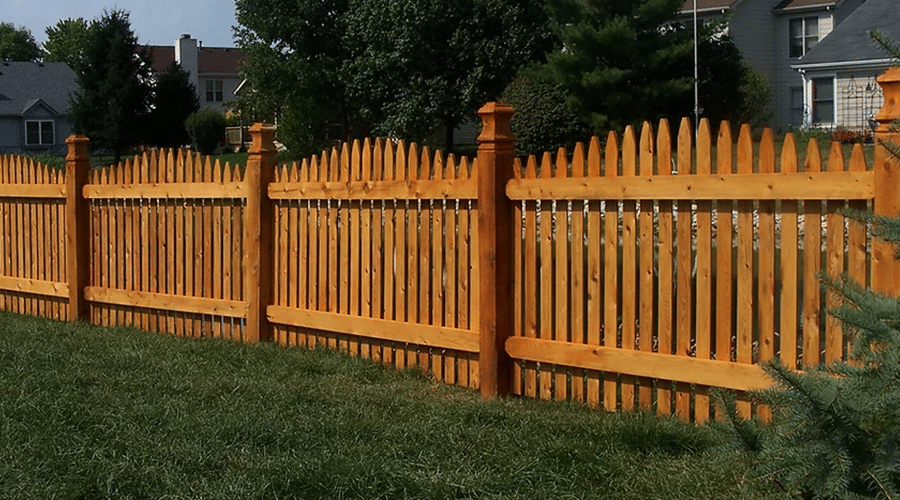Whether you’re a multinational tech company or a local repairman, search engine optimization (SEO) is vital for your business. The majority of online experiences start with a search engine query, and well-executed SEO can lead to more traffic and sales.
Search engines crawl and index webpages to create a library of information. Then, when a user searches, Google goes through this library to find and serve the best results. Click the https://www.rankboss.com/ to know more.

Keywords are the search terms that people type into a search engine to find information, products or services. They are one of the most important aspects of search engine optimization (SEO) because they help you understand how potential customers search and what they are looking for. This can help you create the right content and rank higher in search results. Moreover, it can also help you improve your website’s user experience and increase the likelihood of conversions.
Developing a list of keywords is the foundation of a successful SEO campaign. They feed into your research, competitor analysis and on-page optimisations. They also provide valuable insights into your audience’s needs, and enable you to tailor your content to suit them. The keywords you choose should be relevant to your business and its offerings, and must have high search volumes. Lastly, they should have a low level of competition.
Singular keywords are tempting as they have a high search volume and often have a lot of competition. However, they are often too general and don’t capture the intent of the user. For example, a person searching for “clothes” isn’t necessarily looking for a new shirt or a new pair of pants, they could be searching for a list of stores that sell clothes or are just browsing.
For this reason, it’s better to focus on long-tail keywords that are more specific and targeted. These have a lower search volume but are more specific and can drive traffic to your site. They can also be a great way to target a certain demographic or location.
Keywords are also critical for paid advertising, such as pay-per-click (PPC). By choosing the right keywords, you can get more visibility on search engines without breaking the bank. In addition, regular monitoring of keyword performance provides businesses with insights into market trends and customer behavior, helping them develop nimble marketing strategies.
Keywords can also be used in meta tags, which are the descriptions that appear below a website in search results. These meta tags aren’t a direct ranking factor but can impact the click-through rate of your ads.
On-page optimization
On-page optimization is the process of tweaking individual website pages to improve their rankings in search engine results pages (SERPs). While off-page SEO focuses on building links, on-page optimization is a critical part of every search marketing strategy. By focusing on the content and structure of your website, you can boost its authority and visibility in the SERPs.
The primary goal of on-page SEO is to make sure your website is easily accessible and understandable by both search engines and potential customers. It also helps to ensure that your site’s content matches the search queries of potential customers. This is accomplished by using on-page optimization techniques such as keyword optimization, internal linking, and ensuring that your page title and meta tag content are relevant to your search query.
Title tags are the first thing that search engines look at when determining a webpage’s ranking. They should be a clear and concise description of the content on the page, and they should include your main keywords. Additionally, title tags should be no longer than 60 characters, and they should have a logical layout.
Meta descriptions are important because they describe the content of a webpage in a short, concise way. They can help search engines determine the relevance of a webpage to a search query, and they can be used as a meta tag in a search engine result page (SERP).
A page’s URL should contain a high-frequency keyword, and it should be unique and descriptive. It should also use punctuation and hyphens instead of underscores and spaces. Finally, it should be readable and logical, and it should avoid grammatical errors.
On-page optimization can be time consuming, but it’s crucial to your SEO success. Without on-page optimization, your competitors will outrank you in the SERPs. In addition, on-page optimization is a foundation for off-page optimization. By following these best practices, you can improve your search engine rankings and increase organic traffic to your website.
It’s also important to keep in mind that your competition is working hard on their on-page SEO too. They’re probably testing out different strategies to see what works best for them. By analyzing your competitor’s websites and learning from their successes, you can make the most of your own on-page SEO efforts.
Link building
Link building is a core part of SEO, and it’s the process of getting other websites to link to your own. This can help increase your authority and boost your search rankings. However, it’s important to understand that links are only one of many factors that Google uses to determine your ranking. So, even if you have the most high-quality links in the world, you may still not rank #1 in Google.
When it comes to linking, there are a number of different strategies that you can use to build your links. However, it’s important to avoid any techniques that could be considered spammy or low-quality. This includes submitting your website to directories, buying links, and posting in forums or communities. These techniques are easy to do and often don’t provide much value in return. Moreover, they can actually hurt your rankings by putting you in a “spammy” category.
The best way to build your links is to create great content that’s worth linking to. This might be a blog post or an infographic. Make sure that your content is interesting and informative, and be sure to promote it. This will ensure that your audience knows about it, and can click through to your website.
To measure your success, you should track the growth of your backlinks over time. You can use tools like Moz’s Link Explorer to do this. It’s also a good idea to track the growth of your overall search engine optimization. A rising SERP is a sign that your efforts are working.
It takes some time to see results from your link building efforts, but once you do, the rewards will be huge. Keep in mind, though, that successful SEO requires a long-term strategy. If you want to succeed, you should be patient and focus on creating great content that your audience will enjoy. You should also try to get links from websites that are relevant to your niche. Otherwise, your links won’t be as valuable and will only waste your time. If you’re unsure of what kind of links to target, consider looking at your competitors’ websites for inspiration.
Content marketing
SEO (search engine optimization) and content marketing are two distinct practices, but they can work together to create a successful digital strategy. Many companies use both strategies to reach new audiences and drive traffic to their website. The key is to ensure that both strategies are integrated to achieve optimum results.
While content marketing focuses on creating high-value content to attract and engage customers, search engine optimization aims to increase the number of visitors to a site through organic searches. This is accomplished by using targeted keywords, optimizing pages, and building links. In addition to these technical aspects, content marketing is a strategic approach that focuses on delivering valuable information to the audience. This can be done through blog posts, infographics, and video content.
One of the biggest challenges in integrating content marketing and SEO is that many people don’t realize that their goals are very different. While search engine optimization focuses on maximizing the performance of webpages, content marketing is about attracting and engaging customers through relevant content.
This is a crucial difference because it allows marketers to create content that is more relevant to their target audience and leads to higher conversion rates. This means that the content must be useful and interesting to the audience in order to generate engagement. In addition, the content must be relevant to the keywords used to optimize the page.
Search engines are becoming increasingly sophisticated and can identify semantic meaning in web content. This is especially important when targeting long-tail keywords that require a high commitment from the user, such as “how to frame a house.” With semantic search, Google will analyze the intent behind the query and provide a list of relevant pages.
When combined with effective search engine optimisation, content marketing can deliver a significant return on investment for businesses. It can help them rank higher in search engine results pages, which can generate more traffic and boost brand awareness. It can also provide a more comprehensive experience for users, which can lead to greater customer loyalty. For example, if a company’s homepage features an article on a specific topic, the page will be more likely to appear in the top results for that term.

